CONSUME
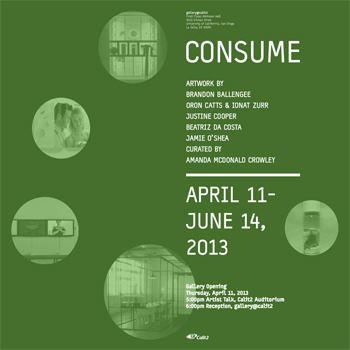
CONSUME, is a group exhibition informed by my research at the intersection of art, technology, food systems, and wellness. It opens at gallery@calit2 on Thursday, April 11, 2013. Projects in the gallery document interdisciplinary ideas pertaining to current discussions in the fields of health, energy, technology, and the environment, and include works by: Brandon Ballengée, Oron Catts & Ionat Zurr, Justine Cooper, Beatriz da Costa, and Jamie O’Shea. Brandon Ballengée’s pieces Committed, Dedicated, and Tears of Ochún respond to the global crisis of fisheries worldwide and the current threat of an unraveling of the food chain in the Gulf of Mexico following the 2010 BP Deep Horizon oil spill. The installation The Remains of Disembodied Cuisine, by Oron Catts & Ionat Zurr, documents a performance ‘feast’ of tiny, semi-living frog steaks that were grown for almost three months in bioreactors, with video made in collaboration with Jens Hauser. Justine Cooper’s project Havidol is a fictional marketing campaign to launch a magic bullet lifestyle pharmaceutical, HAVIDOL®. The video triptych, Dying for the Other, by Beatriz da Costa, documents the lives of mice used in breast cancer research, as well as that of the artist, who suffered from the same disease [until her death in late December 2012 at the age of 38]. Placebo Brand Placebo, by Jamie O’Shea, is a kit to produce your own inert medication, in an experiment to discover if the placebo effect can be intentionally, consciously harnessed.
Artist Talks took place on Thursday, April 11, 2013, moderated by the curator, Amanda McDonald Crowley. Held in the Calit2 Auditorium at 5pm, the presentations are now also available online.
-
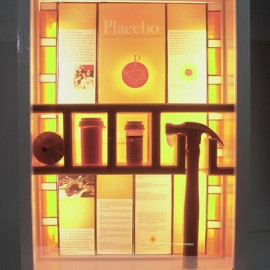
-
Jamie O’Shea, Placebo Brand Placebo
-
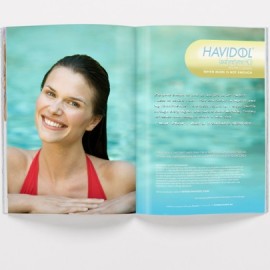
-
Justine Cooper, HAVIDOL
-
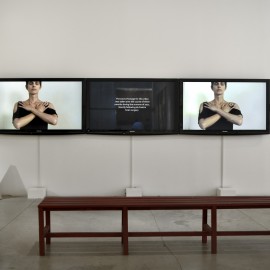
-
Beatriz da Costa, Dying for the Other
-
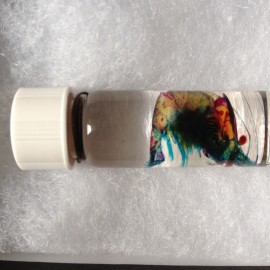
-
Brandon Ballengée, Tears of Ochún
ARTISTS BIOs:
Brandon Ballengée creates trans-disciplinary artworks inspired from his ecological field and laboratory research. Since 1996, a central investigation focus has been the occurrence of developmental deformities and population declines among amphibians. Since 2009 he has continued his amphibian research as a visiting scientist at McGill University (Canada). In 2011 he was awarded a conservation leadership fellowship from the National Audubon Society TogetherGreen Program. The art of Ballengée has been exhibited internationally with recent solo exhibitions held at Ronald Feldman Fine Arts (2012, New York); Longue Vue House and Gardens (2011, New Orleans); Parco Arte Vivente, Centro d’Arte Contemporanea (2010, Turin); Nowhere Gallery (2009, Milan); Williams Center for the Arts, Lafayette College (2009, USA); Shrewsbury Museum (2009, former Shropshire home of Charles Darwin); Yorkshire Sculpture Park (2008, Wakefield); the Arsenal Gallery in Central Park (2007, NYC); Peabody Museum of Natural History (2007, Yale University); and others. He currently is finalizing his Ph.D. through a collaborative program between the University of Plymouth (UK) and Hochschule für Gestaltung Zürich (Switzerland). In the summer of 2013 a major survey of his work will debut at the Château de Charamarande in Essonne, France.
Oron Catts is the Co-Founder and Director of SymbioticA: the Centre of Excellence in Biological Arts at the University of Western Australia. Ionat Zurr, who received her PhD from the Faculty of Architecture, Landscape and Visual Arts, UWA, is a researcher and academic coordinator for SymbioticA. Catts and Zurr are currently also Visiting Professors at Biofilia – Base for Biological Arts in the School of Art, Design and Architecture, Aalto University Finland. They are artists, researchers, and curators who formed the internationally renowned Tissue Culture and Art Project. They have been artists in residence in the School of Anatomy, Physiology and Human Biology at the University of Western Australia since 1996, and they were central to the establishment of SymbioticA in 2000. They are considered pioneers in the field of biological arts and are invited as keynote speakers and exhibition curators. Zurr and Catts publish widely, exhibit internationally, and their work has been collected by MoMA New York. They have recently had a retrospective show in Poland.
Justine Cooper uses a variety of imaging methods, including MRIs, large format photography, video, animation, and online media to explore the frictions found in the public and private ways science and medicine are a part of us, as individuals and as a culture. Exhibitions and screenings include The International Center of Photography, New York; The New Museum of Contemporary Art, New York; The NTT InterCommunication Center, Tokyo; The Singapore Museum of Art; The Netherlands Institute for Media Art; the Centre Georges Pompidou, Paris; Kwang Ju Biennale, Korea, among others.
Beatriz da Costa (1974 – 2012) was a co-founder of Preemptive Media, an arts, activism and technology group, and a former collaborator of Critical Art Ensemble (2000-2005). She exhibited and lectured at the Andy Warhol Museum, the Centro Andaluz de Arte Contemporáneo, Sevilla (Spain), Zentrum fuer Kunst und Medien (Germany), Museum of Contemporary Art (Serbia), Exit Art Gallery, Eyebeam art + technology center, Cornerhouse (UK), Saidye Bronfman Centre for the Arts (Montreal), and the Natural History Museum in London. She was a Creative Capital grantee, received support from the Durfee Foundation, the Inter-Society for Electronic Arts, and the University of California Institute for Research in the Arts. Together with Preemptive Media, she received the Social Sculpture Commission from Eyebeam and the Lower Manhattan Cultural Council, as well as funding from Franklin Furnace, Turbulence, Experimental Television Center and the Beall Center for Art and Technology at UC Irvine, where she was a tenured professor in Studio Art and Electrical Engineering and Computer Science (and affiliated with the UC Irvine division of Calit2).
Jamie O’Shea is an inventor living in New York City. His machines and experiments are mostly prototypes – gestures of outlandish possibility about time, light, memory and mind. He is interested in what machines mean as much as what they do. These works mostly live in the arts, and have been shown in non-profit spaces across the U.S., as well as Russia, Switzerland, England, Norway, and Mexico, appearing in print and on television around the world. Currently he is working on his first commercial product, trying to change the world with popcorn. He is partnering with BjornQorn to utilize a new, inexpensive type of solar mirror to power their production line. He is also a staff member at Eyebeam.
More Information:
Installation Shots:
-
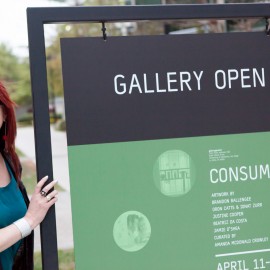
-
CONSUME poster at Gallery@CalIT2. Photo: Justine Cooper
-
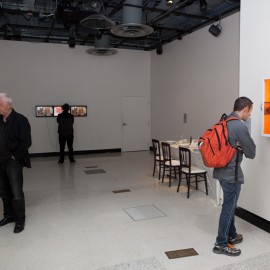
-
CONSUME installation view at Gallery@CalIT2
-
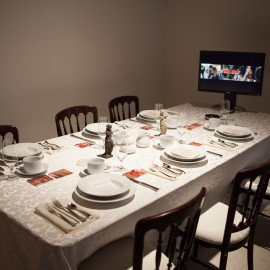
-
Installation view ‘Remains of Disembodied Cuisine’ by Oron Catts & Ionat Zurr.
-
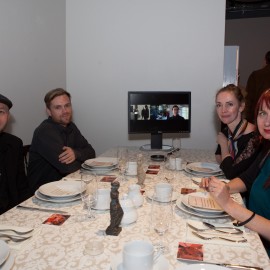
-
Installation view ‘Remains of Disembodies Cuisine’ by Oron Catts & Ionat Zurr, with Brandon Balengee, Jamie O’Shea, Justine Cooper, Amanda McDonald Crowley.
-
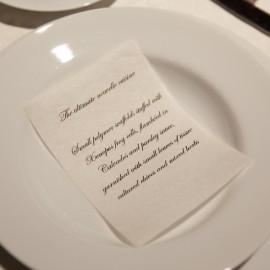
-
Installation shot ‘Remains of Disembodied Cuisine’ by Oron Catts & Ionat Zurr
-

-
Installation view, ‘Dying for the Other’, Beatriz da Costa
-
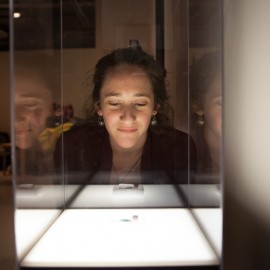
-
Installation view ‘Tears of Ochun’, Brandon Balengee.
-

-
Installation view ‘Dying for the Other’, Beatriz da Costa
-

-
Installation view Brandon Balengee
-
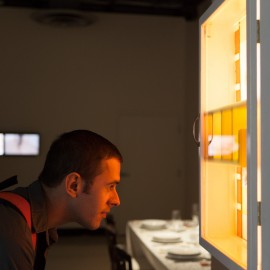
-
Installation view ‘Placebo Brand Placebo’.
-
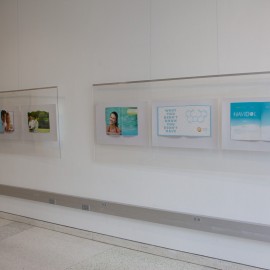
-
Installation view ‘Havidol’ posters.
-

-
Jamie O’Shea discussing ‘Placebo Brand Placebo’ at CONSUME opening.
-

-
Amanda McDonald Crowley
Installation photos: Justine Cooper
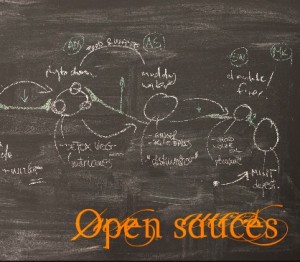
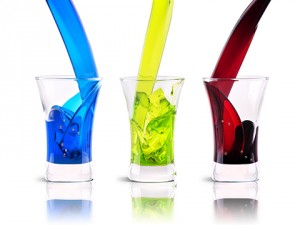
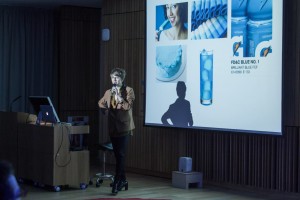
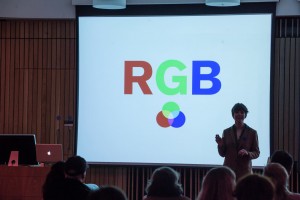
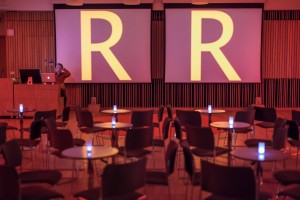

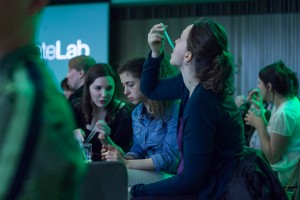
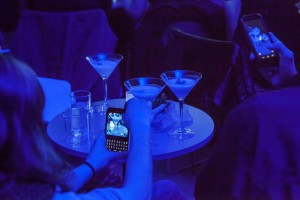
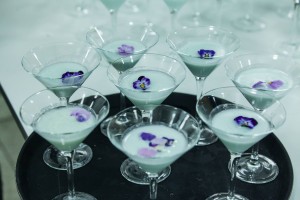
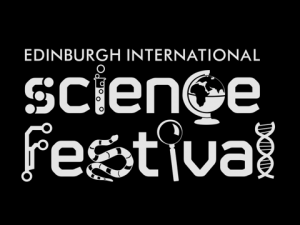
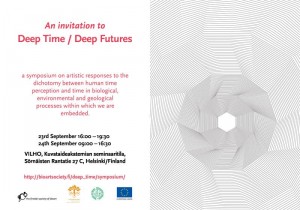


















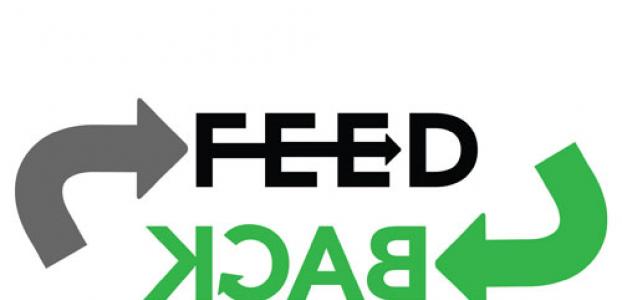
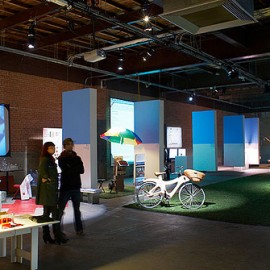
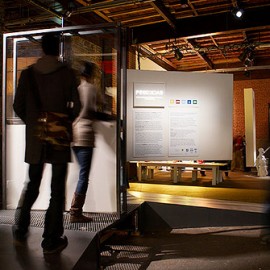

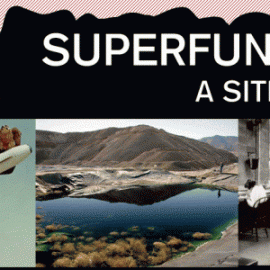
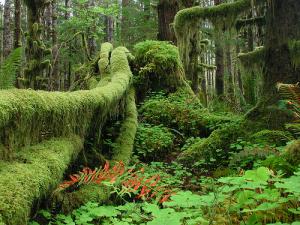 As a cultural worker and curator, I am equally interested in providing contexts for artists to produce new work and research as I am in curating exhibition programs.
As a cultural worker and curator, I am equally interested in providing contexts for artists to produce new work and research as I am in curating exhibition programs.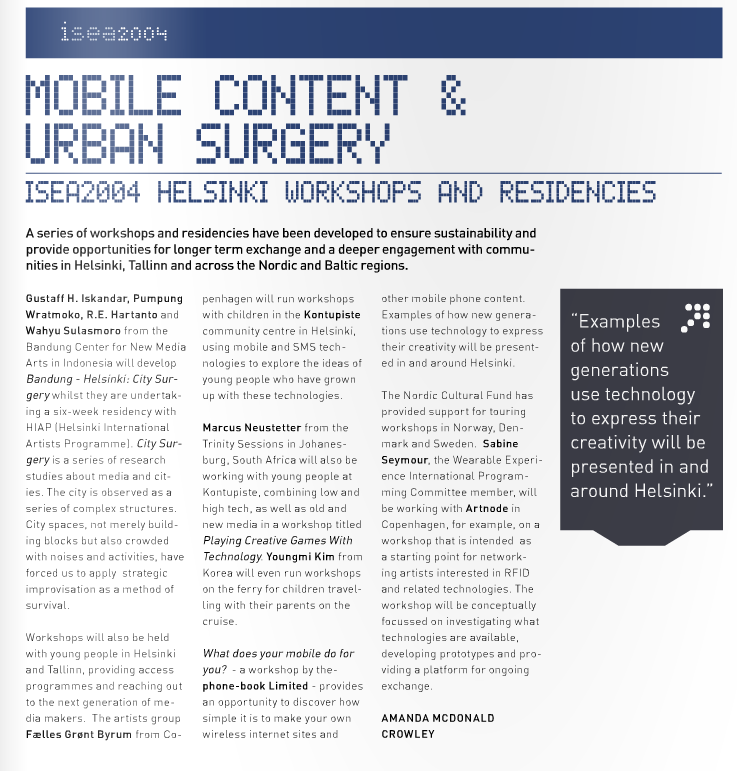
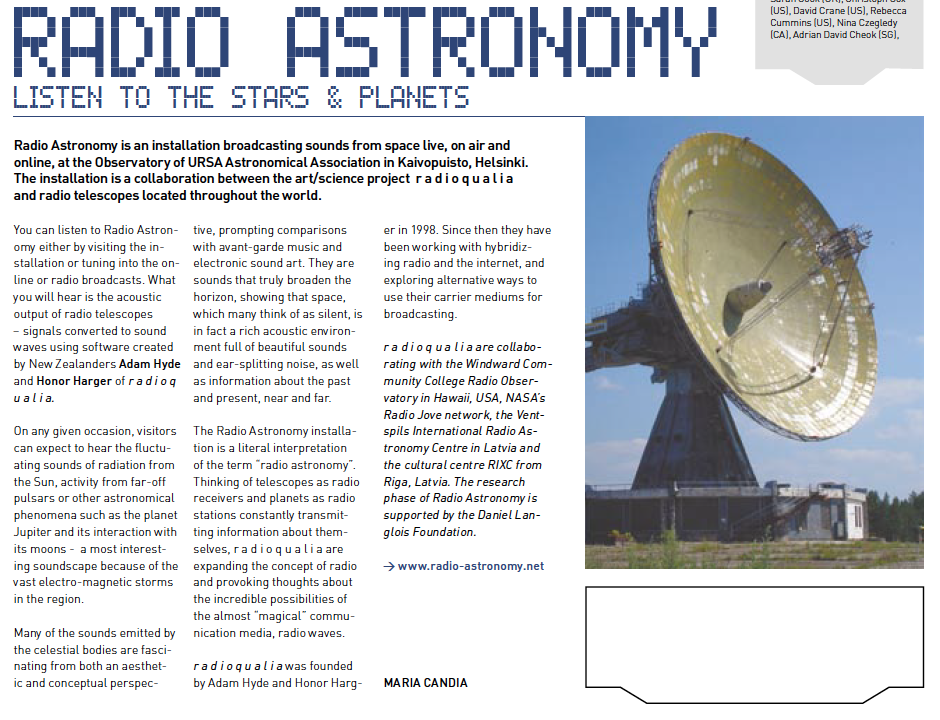
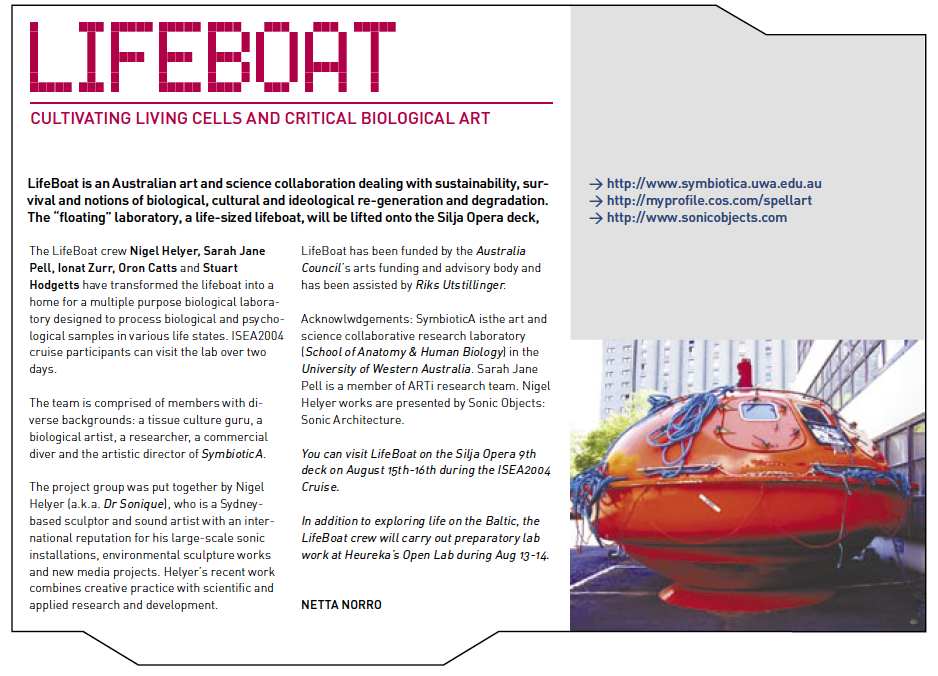
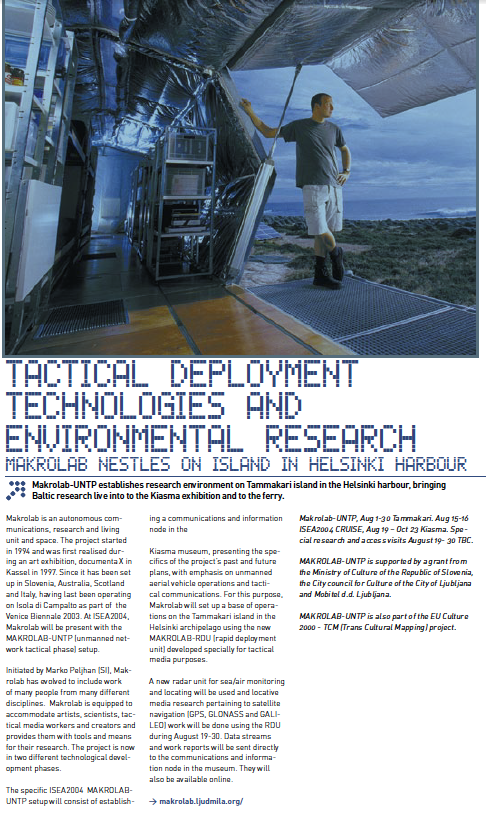

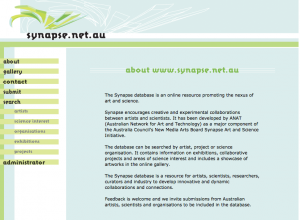

You must be logged in to post a comment.